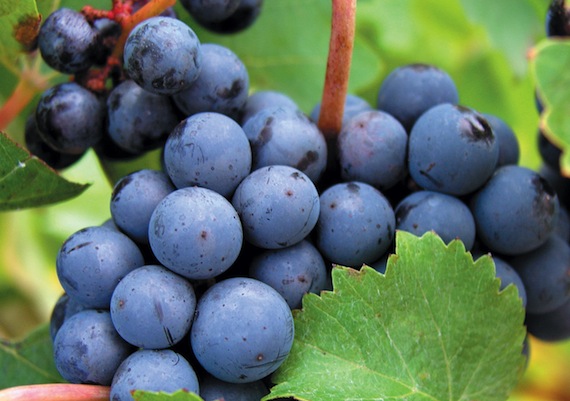We know that science is behind essentially everything ever, but when we’re drinking wine, we’re not really thinking about it. Call us crazy, but this is basically our internal dialogue when we’re tipping back a few: “Mmm, this is good.” Yes, we’re simple like that.
That is not to say, however, that we don’t think science is really cool. For example, we heard some news recently about the wine world that we thought you vinophiles would totally appreciate (whether or not you like science).
You know those obnoxious people who can take a sip and then magically tell you where the wine came from? Well, American researchers seem to have found a way to explain how they do it. They say the key to identifying a region is found in the fungi and bacteria that grow on the surface of the grape. These microbes end up on the grapes by insects, wind, and people. Yes, there’s fungus on your wine grapes, gross but they actually make the wine better.
According to The New York Times, the microbes can affect the health of the grapes and they are ultimately incorporated into the mashed grapes that are the beginning material for winemaking. A lot of the fungi that live on grapes have yeast-like properties, so they and other microbes can affect the metabolism of the fermentation.
The researchers also had two DNA techniques that allow them to mass identify a species. They sampled grapes from vineyards across California, and they learned that different wine-growing regions carry distinctive patterns of fungi and bacteria. This may explain why one region’s chardonnay tastes different from another’s.
“Unripe grapes taste the same the world over,” said Thomas Henick-Kling, professor of oenology at Washington State University. “So it’s likely that microbes play a larger role than presently known and are probably a part of the regional differences that we recognize.”
So, the next time you’re out with a self-proclaimed oenophile and they try to act like they know more than you about wine, drop this microbe knowledge on them. You may not be able to taste a wine and tell people what region it’s from, but you’ll be able to tell those people why those differences exist. Your former science teachers will all be so proud.


